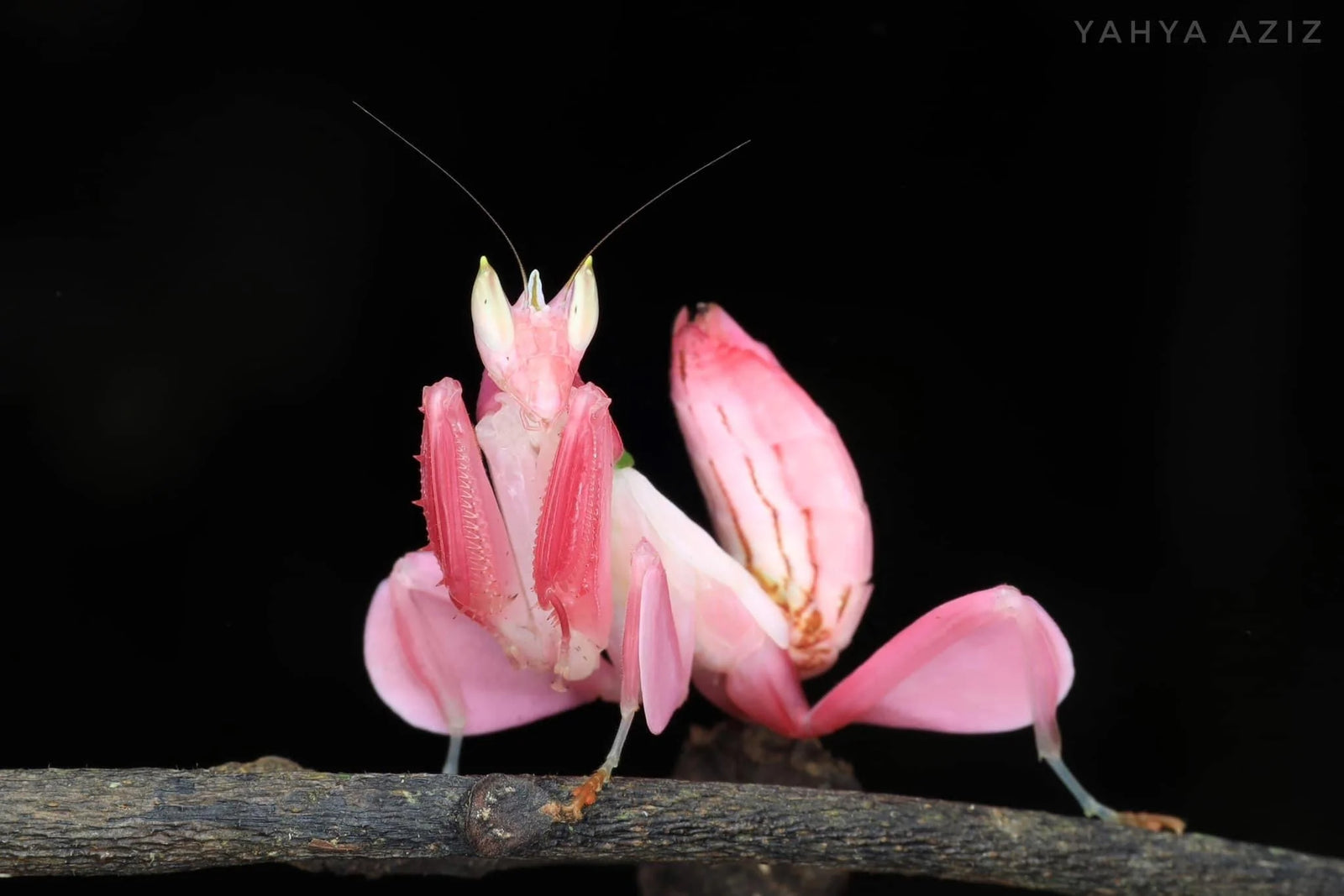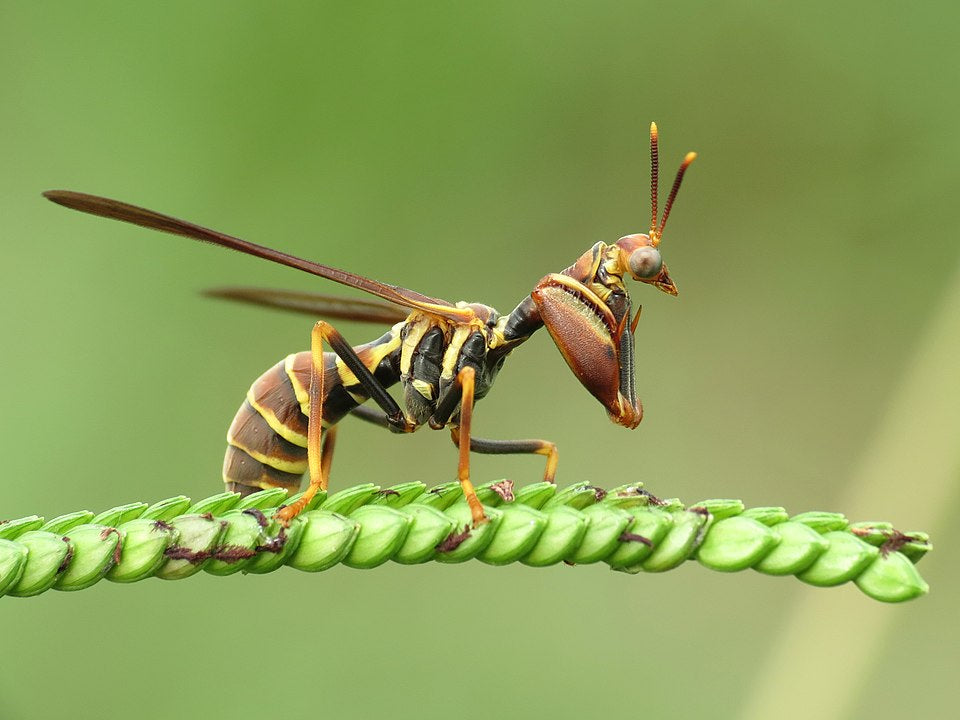Menú
-
- Hogar
- Contacto
- Buscar
-
Comercio
- Insectos vivos que se alimentan
-
Suministros
- Hábitats
- Comederos
- Comederos y suministros para la cría de microfauna
- Kits bioactivos
- Suministros bioactivos
- Contenedores
- Tazas de cultivo de insectos
- Tazas y tapas para cultivo de insectos
- Proyectos de aula
- Plantas de aire vivas bioactivas
- Sustratos
- Iluminación y Calefacción
- Jaulas, hábitats, cajas de insectos, viveros, insectarios
- Ladrar
- Suministros de envío, paquetes térmicos, paquetes fríos, contenedores.
- Bioactivo
- Plantas
- Galería Mantis
- Evaluaciones de Usmantis
- Mantis religiosa
- Mantis
- Ooteca de huevos de mantis religiosa para el control de plagas
- Suministros bioactivos
- Beneficial Insects
- Vídeos de ayuda
- Las 5 mejores mantis religiosas como mascotas,
- Blog
-
Comprar por familia
- Mantis religiosa
- Hojas de cuidado
- Orden de pista
- Live Feeder Insects
- Wholesale prices for bulk orders
- FAQ
- Galleries of Mantis Videos
-
- Hogar
- Buscar
- Sobre nosotros
- Envío
- Refund Policy
- Seguimiento de pedidos
- Contáctenos
- Blog
- Beneficial Insects
- Mapa del sitio
- Reseñas
-
Recursos de producción cinematográfica.
- Wholesale
- FAQ
- Entrar
-
Español

Is it time for insect researchers to consider their subjects’ welfare?
abril 08, 2024 3 lectura mínima
Recent evidence suggests that at least some insect species might plausibly feel pain. These findings should prompt researchers to think about the welfare implications of insect experiments.
Recent evidence suggests that at least some insect species might plausibly feel pain. This Perspective argues that researchers need to rethink the welfare implications of these findings for experiments that use insects.
Do insects feel pain? Pain is an unpleasant subjective experience that often accompanies injury. This feeling is distinct from nociception: the unconscious process of detecting and avoiding harmful stimuli. Pain is hard to identify in nonhuman animals because unpleasant feelings might not accompany simple withdrawal and other behavioral responses. While we can determine that humans feel pain when they describe their experiences, this approach is obviously impossible for animals.
To understand whether an animal feels pain, researchers search for clues in their nervous systems and behavior. These clues can shift the probability of pain, even without delivering decisive proof. For example, imagine an injured dog with neuroanatomy and behavior similar to the human case. The dog winces, limps, licks their wound, avoids the place where they were injured, and seeks out analgesic drugs. None of these lines of evidence formally prove that the dog experiences pain, but collectively, they make this highly likely. Common sense dictates that such probability-shifting evidence is sufficient for us to consider the dog’s welfare.
What, then, can we say about the probability of pain in insects—and the potential importance of insect welfare? Some scientists have expressed skepticism about insect pain, pointing to their small nervous systems and apparently reflexive nocifensive behaviors [1]. Nonetheless, recent work has undermined these assertions
In a comprehensive review, we evaluated over 300 studies to understand the current state of evidence relevant to pain in 6 major insect groups [3]. We adopted a contemporary framework for assessing evidence relevant to pain, which has previously guided welfare policy [4]. The framework includes 8 criteria, encompassing both whether the animal’s nervous system might support pain and whether their behavior likely involves centralized, integrative processing with the sensory and affective aspects of pain (Box 1). Each criterion adds to the case for pain: the more criteria fulfilled, the higher the likelihood.
Box 1. Eight criteria for assessing evidence relevant to pain in animals
-
Nociceptors. The animal possesses receptors sensitive to noxious stimuli (nociceptors).
-
Integrative brain regions. The animal possesses integrative brain regions capable of integrating information from different sensory sources.
-
Integrated nociception. The animal possesses neural pathways connecting the nociceptors to the integrative brain regions.
-
Analgesia. The animal’s behavioral response to a noxious stimulus is modulated by chemical compounds affecting the nervous system in either or both of the following ways:
-
The animal possesses an endogenous neurotransmitter system that modulates (in a way consistent with the experience of pain, distress, or harm) their responses to threatened or actual noxious stimuli.
-
Putative local anesthetics, analgesics (such as opioids), anxiolytics, or antidepressants modify an animal’s responses to threatened or actually noxious stimuli in a way consistent with the hypothesis that these compounds attenuate the experience of pain, distress, or harm.
-
-
Motivational trade-offs. The animal shows motivational trade-offs, in which the disvalue of a noxious or threatening stimulus is weighed (traded-off) against the value of an opportunity for reward, leading to flexible decision-making. Enough flexibility must be shown to indicate centralized, integrative processing of information involving an evaluative common currency.
-
Flexible self-protection. The animal shows flexible self-protective behavior (e.g., wound tending, guarding, grooming, rubbing) of a type likely to involve representing the bodily location of a noxious stimulus.
-
Associative learning. The animal shows forms of associative learning in which noxious stimuli become associated with neutral stimuli, or in which novel ways of avoiding noxious stimuli are learned through reinforcement. These forms of associative learning go beyond classical conditioning in which a single conditioned stimulus overlaps temporally with an unconditioned stimulus.
-
Analgesia preference. The animal shows that they value a putative analgesic or anesthetic when injured in one or more of the following ways:
-
The animal learns to self-administer putative analgesics or anesthetics when injured.
-
The animal learns to prefer, when injured, a location at which analgesics or anesthetics can be accessed.
-
The animal prioritizes obtaining these compounds over other needs (such as food) when injured.
-
Dejar un comentario
Los comentarios se aprobarán antes de mostrarse.
Ver artículo completo

orchid mantis evolutionary research
junio 06, 2025 2 lectura mínima
The orchid mantis (Hymenopus coronatus) transitions from black-and-red to pink-white coloration during development, a shift driven by the Redboy pigment transporter. This transition serves different ecological functions: red coloration helps hatchlings mimic stink bugs for predator avoidance, while the pink-white coloration of older nymphs provides floral camouflage for both predator avoidance and prey attraction. The Redboy transporter, upregulated by ecdysone, facilitates this shift by exporting red pigments in early stages and importing white pigments in later stages.
Evolutionary Basis:
Redboy's Role:
The Redboy transporter, a novel ABCG transporter, arose by gene family expansion and positive selection, specifically to handle the transition from red to white coloration, according to research on Nature.
Hormonal Regulation:
The hormone ecdysone regulates Redboy, ensuring the pigment transition happens at the appropriate developmental stage, according to research on ResearchGate.
Genetic Adaptation:
The evolutionary changes in Redboy have allowed orchid mantises to adapt their body color to different life stages and ecological niches.
Ecological Functions:
Aposematic Mimicry (Hatchlings):
The initial black-and-red coloration serves as a warning signal, mimicking the appearance of stink bugs, which are known to be distasteful or toxic to predators.
Camouflage (Older Nymphs):
The pink-white coloration provides floral camouflage, helping the mantis blend in with flowers and avoid detection by predators.
Prey Attraction:
The flower-like appearance also attracts unsuspecting prey, such as small insects, to their location, enhancing the mantis's hunting success.
In summary, the orchid mantis's body color transition is a fascinating example of ontogenetic camouflage and adaptive evolution, where the color changes throughout the mantis's life serve distinct ecological roles in where the color changes throughout the mantis's life serve distinct ecological roles in predator avoidance and prey attraction.
Ver artículo completo

Mantis fly Mantispidae, very special insect
octubre 15, 2024 3 lectura mínima
Mantispidae, they don’t sting! 

Artículos recientes
-
orchid mantis evolutionary research
junio 06, 2025
-
New Yorker article 1955 Mantis Man
marzo 09, 2025
-
Mantis fly Mantispidae, very special insect
octubre 15, 2024
-
Do insects have feelings? Love or Hate? What’s your opinion
septiembre 09, 2024
-
How Praying Mantises Hear: One ear
julio 19, 2024
-
Identifying Domestic species
julio 19, 2024
-
Invasive claims and irresponsible advice
abril 13, 2024
-
Is it time for insect researchers to consider their subjects’ welfare?
abril 08, 2024
-
My Awesome Summer by P. Mantis Children’s book
abril 07, 2024
-
Toxodera
abril 06, 2024
Categorías
- animal husbandry
- best feeders
- best mantis for pest control
- breeding praying mantis
- buy praying mantis
- Cannabis
- crickets
- discussion
- dormitory pet
- Drosophila
- education
- egg
- entomology
- fertility
- flightless fruit flies
- Flower mantis
- Friendly Bugs For Cannabis
- fruit fly culture
- geometric morphometrics
- Ghost mantis
- happy experience with pets
- Hydei
- Hymenopodidae
- Hymenopus coronatus
- invasive
- keeping insects alive
- Lucky mantis
- Major League baseball Perez Kisses Lucky Mantis!
- make money
- mantis for dummies
- mantis ooth
- Mantodea
- melanogaster
- mimicry
- mismolt
- new species
- ooth
- ooth care
- ootheca
- P paradoxa
- pest
- Pest control
- pet nutrition
- praying mantis
- praying mantis care
- praying mantis for sale
- reptile feeders
- School project
- scientific research
- Sexing praying mantis
- Shipping
- signalling
- stem
- stenophylla
- Store news
- stress from shipping
- usmantis
- we buy mantis
Menu Title
Esta secção não inclui de momento qualquer conteúdo. Adicione conteúdo a esta secção através da barra lateral.
Subscribe
Sign up to get the latest on sales, new releases and more …
Invalid Password
Enter